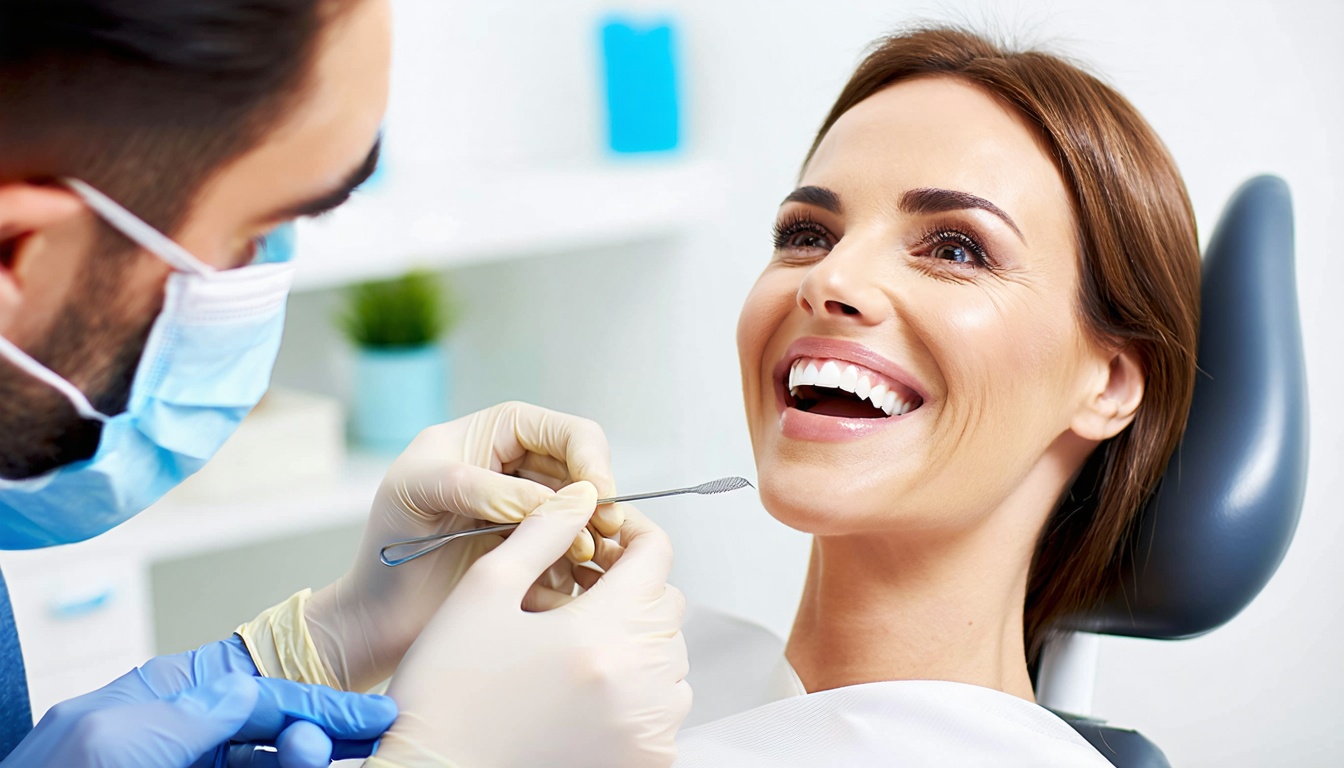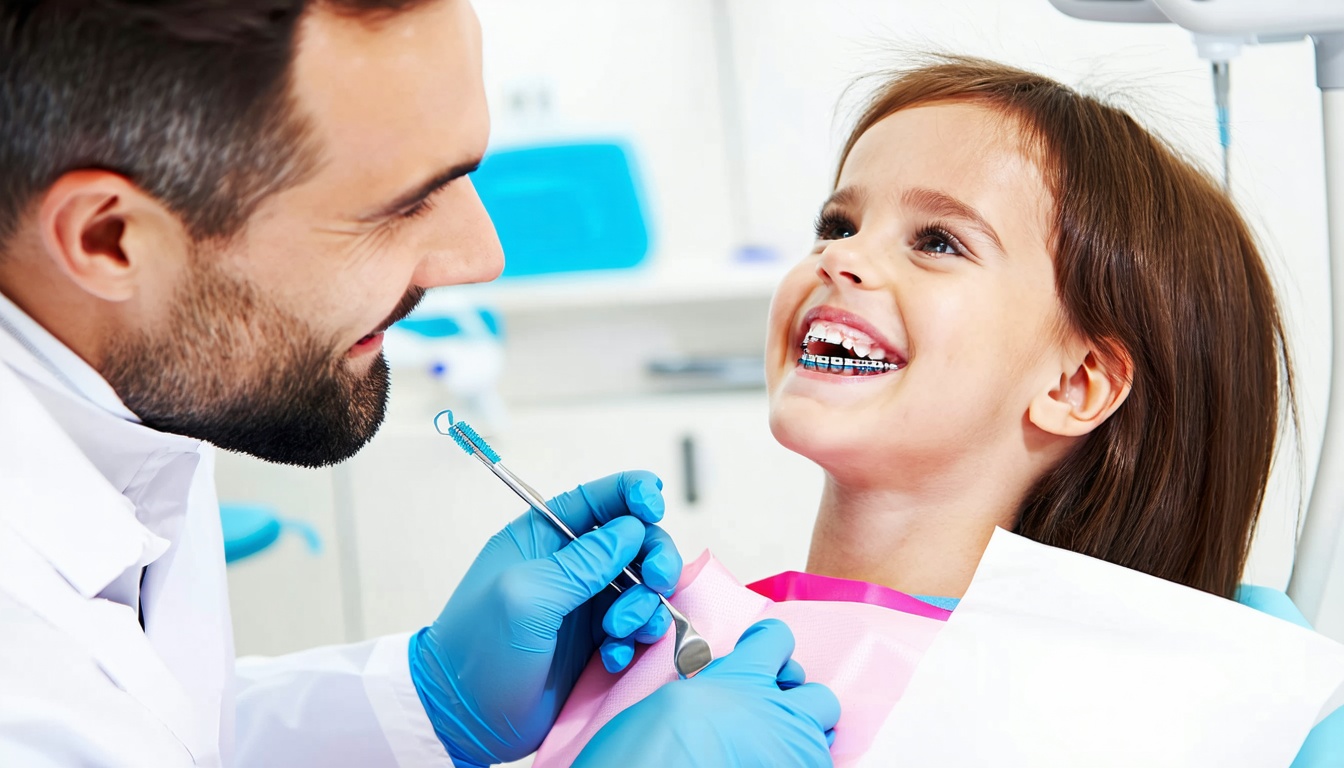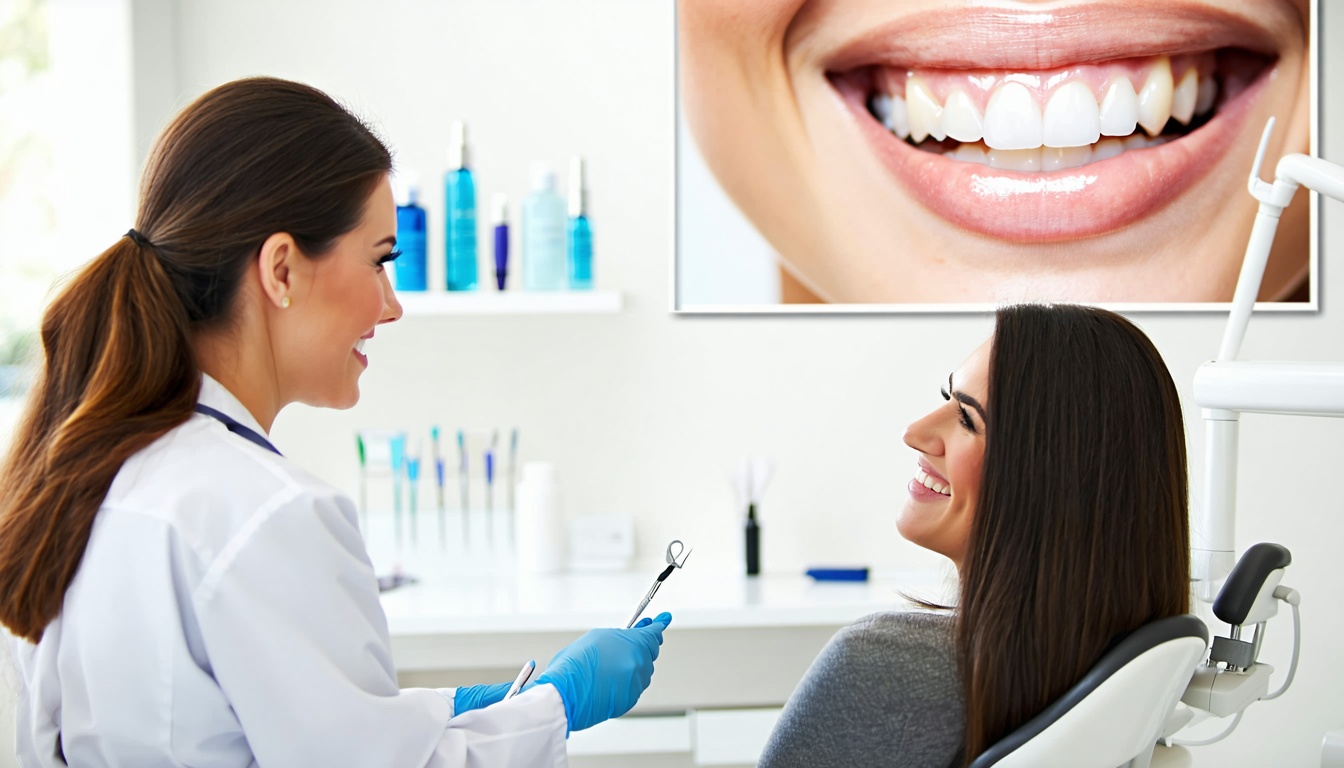Choosing Your Orthodontic Treatment
Making the decision to pursue orthodontic treatment for you or a loved one is important. The choice between Invisalign and traditional braces can greatly impact the overall experience and results. Below, you will find a clear overview of both options and the key considerations that can help guide your decision.
Invisalign vs. Braces Overview
Invisalign aligners are made of clear plastic, making them virtually invisible when worn. This discreet option is often preferred by adults and self-conscious teens who wish to avoid the noticeable metal brackets and wires associated with traditional braces (Boulder Smiles).
Traditional braces consist of metal brackets and wiring that are adhered to the teeth. While effective for a wide range of orthodontic issues, they are visibly different from the more modern aligners. Although a more noticeable option, traditional braces may be required for more complex dental cases that need extensive adjustments.
| Feature | Invisalign | Traditional Braces |
|---|---|---|
| Appearance | Virtually invisible | Visible metal brackets |
| Comfort | Smooth plastic | Can cause discomfort and irritation |
| Maintenance | Removable and easy | Fixed and requires more care |
| Treatment Time | Often quicker results | Lengthier adjustments may be needed |
Considerations for Treatment Choice
When deciding between Invisalign and braces, several important considerations must be evaluated.
-
Appearance Preference: If discretion is a priority, Invisalign may be the better choice. The clear aligners are less noticeable than traditional braces.
-
Comfort Level: Each option offers a different level of comfort. Invisalign aligners are typically smoother and more comfortable than braces, which can sometimes cause irritation to gums and teeth.
-
Maintenance Requirements: Invisalign aligners are removable, allowing for easier brushing and flossing. Traditional braces require careful attention to oral hygiene to prevent decay and gum issues.
-
Treatment Time: Clear aligners like Invisalign may offer quicker results for certain patients compared to traditional metal braces (Phoenix Dental).
-
Severity of Orthodontic Issues: Some complex cases may only be treatable with traditional braces. It’s important to consider the specific needs of your teeth when making this choice (Kumra Orthodontics).
Ultimately, understanding these factors related to appearance preferences, comfort level, maintenance requirements, and treatment time is essential for making an informed decision about your orthodontic treatment. For more personalized guidance, it’s beneficial to consult with a professional orthodontist orthodontist near me who can help assess your individual needs.
Advantages of Invisalign
Invisalign presents several noteworthy benefits when comparing it to traditional braces. Here are some key advantages that can influence your decision.
Discreet Appearance
One of the standout features of Invisalign is its nearly invisible aligners. Made of clear plastic, Invisalign aligners are less noticeable than traditional braces, which consist of conspicuous metal brackets and wires (Boulder Smiles). This discreet appearance allows you to undergo orthodontic treatment without drawing attention to your mouth, making it an attractive option for adults and teens alike.
| Treatment Type | Visibility |
|---|---|
| Invisalign | Nearly Invisible |
| Traditional Braces | Highly Visible |
Comfort and Convenience
Invisalign aligners are designed for comfort. They feature a smooth surface that helps prevent irritation to the gums and inside of the cheeks. In contrast, traditional braces can cause discomfort due to sharp wires and brackets (Boulder Smiles).
Another advantage of Invisalign is the flexibility it offers. You can easily remove the aligners when eating or drinking, allowing you to enjoy your favorite foods without restriction (The Orthodontists). For best results, aligners should be worn for 20 to 22 hours daily, which is manageable for most patients.
Maintenance and Hygiene
Maintaining good oral hygiene is crucial during any orthodontic treatment. Invisalign aligners provide an advantage since they can be removed during brushing and flossing. This makes it easier to maintain proper dental hygiene compared to traditional braces, where food particles can get stuck in the brackets and wires.
Caring for your aligners also involves a simple cleaning routine; just rinse them when you brush your teeth. This ease of maintenance can contribute to better oral health throughout your treatment.
| Maintenance Aspect | Invisalign | Traditional Braces |
|---|---|---|
| Removable | Yes | No |
| Ease of Cleaning | High | Moderate |
| Risk of Food Trapping | Low | High |
By recognizing the aesthetic appeal, comfort, and easier maintenance associated with Invisalign, you can make a more informed decision for your orthodontic needs. If you’re eager to explore your options further, consider consulting an Invisalign dentist near you for personalized guidance on your treatment plan.
Benefits of Traditional Braces
When considering orthodontic treatment, traditional braces offer distinct advantages that can significantly impact your dental health and appearance.
Effectiveness for Complex Cases
Traditional braces are particularly effective for complex orthodontic cases. While Invisalign is best suited for mild to moderate alignment issues, such as minor crowding or spacing problems, traditional braces excel in handling severe cases. They are preferred for more complicated orthodontic needs, including complex bite issues, significant tooth rotations, and extreme crowding. According to Parsons Orthodontics, braces can apply greater force to move teeth into their desired positions, making them a more reliable option when facing challenging alignment situations. Understanding your specific dental needs is essential in determining the best treatment option. For personalized assessments, consider visiting an orthodontist near you.
Treatment Duration and Results
Traditional braces generally require a longer treatment duration than Invisalign, but they often deliver more predictable results, especially in complex cases. Typical treatment with braces can range from 18 months to 3 years, depending on the severity of the case. In contrast, clear aligners like Invisalign usually have a shorter duration, but their effectiveness can sometimes be limited in more severe situations.
Here’s a general overview of the expected treatment durations:
| Treatment Type | Average Duration |
|---|---|
| Traditional Braces | 18 months to 3 years |
| Invisalign | 6 months to 2 years |
Both treatments can correct various orthodontic issues, but the results from traditional braces often result in a more comprehensive alignment of teeth. Before making a decision, it’s advisable to consult with an experienced orthodontist to discuss your options and expected outcomes. You can find more information about available orthodontists in your area through links like best orthodontist near me.
Opting for traditional braces may be the most suitable choice for those requiring extensive dental corrections, ensuring that your smile is not only beautiful but also healthy.
Cost Comparison
Understanding the financial aspect of your orthodontic treatment is vital when deciding between Invisalign and traditional braces. Below are the cost factors associated with each treatment option.
Invisalign Cost Factors
The cost of Invisalign treatment typically ranges from $3,000 to $8,000, depending on several factors:
| Factor | Description |
|---|---|
| Severity of Misalignment | More complex cases requiring additional aligners will increase the cost. |
| Length of Treatment | Longer treatment times usually incur higher fees. |
| Number of Aligners Needed | The total number of aligners can vary, influencing overall pricing. |
| Provider’s Experience | More experienced orthodontists may charge higher fees for their expertise. |
| Geographic Location | Prices can vary based on the location of the dental provider. |
Nearly all dental insurance plans partially cover Invisalign treatments, typically reimbursing between $1,000 and $3,000, but the amount of coverage can be less compared to traditional braces (Parsons Orthodontics).
Traditional Braces Cost Factors
When considering traditional braces, including both metal and clear ceramic options, the cost generally ranges from $2,500 to $6,000:
| Factor | Description |
|---|---|
| Complexity of the Case | More intricate cases can incur higher costs. |
| Orthodontist’s Fees | Fees can vary based on the orthodontist’s experience and practice. |
| Duration of Treatment | Similar to Invisalign, the longer the treatment, the higher the overall cost. |
Many dental insurance plans offer broader coverage for traditional braces compared to Invisalign. This often results in a greater reimbursement amount (Parsons Orthodontics).
You can visit best orthodontist near me for further details on finding the best dental provider for your needs, and ensure you consider both treatment options to find the best fit for your budget and dental requirements.
Effectiveness and Treatment Duration
Choosing between Invisalign and braces involves evaluating their effectiveness for various orthodontic cases, as well as understanding treatment duration.
Invisalign vs. Braces for Various Cases
Invisalign is best suited for mild to moderate alignment issues. It effectively addresses factors such as minor crowding, spacing problems, and mild bite corrections. On the other hand, traditional braces are more effective for complex orthodontic cases involving severe bite issues, significant tooth rotations, and extreme crowding.
| Treatment Type | Best For |
|---|---|
| Invisalign | Mild to moderate alignment issues, minor crowding, spacing problems |
| Traditional Braces | Severe orthodontic cases, complex bite issues, extreme crowding |
Both options can correct a variety of orthodontic issues, but traditional braces can exert more force to move teeth, making them more effective for complex situations.
Treatment Duration Comparison
When it comes to the timeline for results, Invisalign generally offers faster treatment. Most cases can achieve desired results with Invisalign in approximately 4 to 10 months, while traditional braces can take anywhere from 12 to 36 months or longer for similar outcomes.
| Treatment Type | Average Duration |
|---|---|
| Invisalign | 4-10 months |
| Traditional Braces | 12-36 months |
Ultimately, while clear aligners may provide quicker results, traditional braces can be necessary for more complicated dental issues (Boulder Smiles). The choice ultimately depends on your specific orthodontic needs and personal preferences. For an evaluation of your situation, consider consulting with the best orthodontist near you at Belvedere Dentistry.
Final Considerations
Aesthetics and Comfort
When deciding between Invisalign and braces, aesthetics and comfort play significant roles in your choice. Invisalign aligners are known for their virtually invisible appearance, making them particularly appealing for adults who may feel self-conscious about traditional braces. In contrast, traditional braces consist of metal or ceramic brackets and wires that can be more visible. However, less noticeable options like clear or tooth-colored brackets are available to suit those looking for a more discreet option (Dr. Washington’s Braces).
Comfort is another critical factor. Invisalign aligners tend to be less abrasive on the gums and cheeks compared to the metal components of traditional braces, which can cause irritation. Many patients find the smooth surface of the aligners more comfortable for day-to-day wear. If you’re concerned about aesthetics or comfort, it’s essential to weigh these factors when considering your options.
| Treatment Option | Aesthetics | Comfort Level |
|---|---|---|
| Invisalign | Virtually Invisible | High |
| Traditional Braces | Noticeable | Moderate |
For those looking for more information on orthodontic options, you can find local services by searching for an orthodontist near me.
Personalized Treatment Recommendations
Individual orthodontic needs vary significantly, making personalized recommendations essential. While both Invisalign and traditional braces have their benefits and drawbacks, the ideal treatment for you will depend on several factors, including the complexity of your case and personal preferences.
Invisalign is often preferred for mild to moderate cases due to its discreet appearance and comfort. However, for more complex orthodontic issues, traditional braces may achieve more effective results, particularly in producing occlusal contacts and controlling teeth torque. While clear aligners have shown to provide quicker treatment durations compared to traditional braces, they might not be as effective in certain aspects.
Before making your choice, consult with your orthodontist to evaluate your specific needs and treatment goals. They can provide personalized recommendations to help you understand which option may be best for you. If you’re interested in finding a trusted provider, consider searching for a dentist accepting new patients near me for an evaluation.










